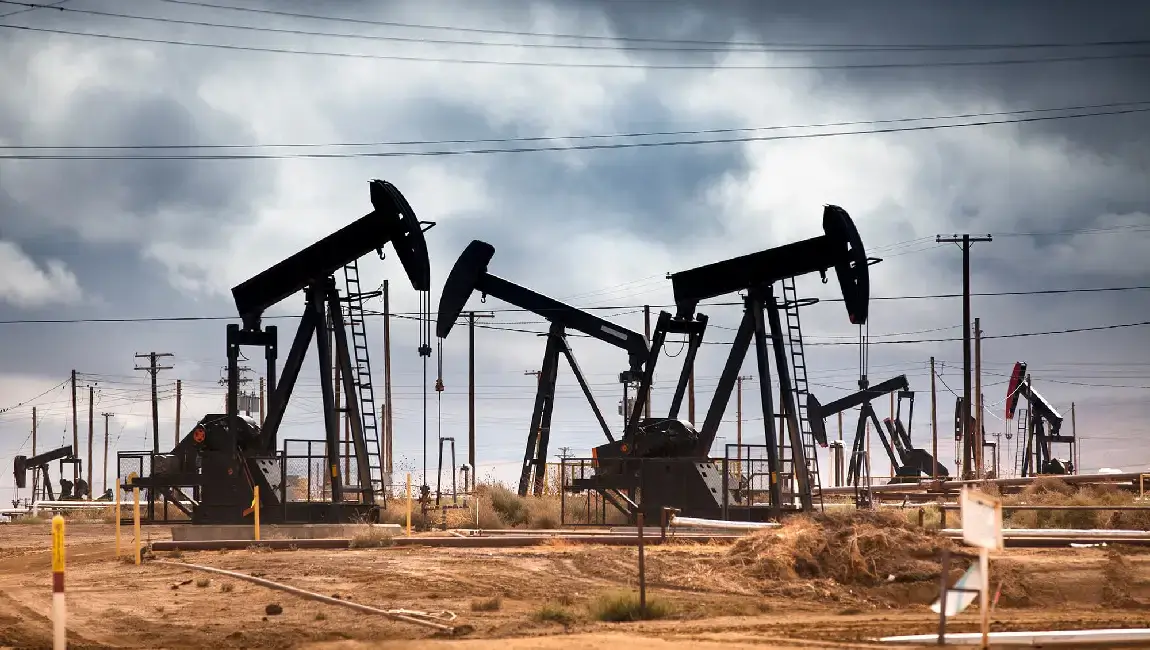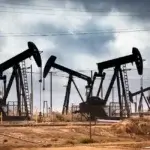U.S. oil prices are soaring on the back of enhanced geopolitical tensions, limited oil inventories, and a lack of new wells coming online. Oil prices are up more than 20% YTD and it doesn’t look like there will be a break in prices until interest rates come down. However, that break will likely be short lived.
Geopolitical Tensions
To go further, there has been some disruption in oil shipments from the Persian gulf and through the strait of Hormuz as Israel has started a proxy war with Iran. This is due to the ‘suspected’ Israeli airstrike on the Iranian embassy compound in Damascus, Syria on April 1st.
Limited Oil Inventories
The Stage Moving Forward
Market participants have to at least be thinking of what this decline in U.S. oil inventories and active rigs will mean moving forward. The first thing to think about would be “is this the new trend?”, with a transition away from fossil fuels we could be closer than ever to peak oil. That would of course mean higher prices until the ultimate phase out, or would there even be a phase out in our lifetime?
Prices of oil will go higher as we approach the internal combustion vehicle (ICE) bans, there is little doubt about that because there will be less oil in the market (lower than today) and at least a stable level of demand (much higher than today). This will cause upward pressure on the price of oil because politicians can’t exactly ban the ICE cars that are already in the market, unless they offered to buy everyone an electric car (and thus bankrupt their respective countries).
In addition, oil will still play a contributing role in the future as only 46% of a barrel of oil goes towards making gasoline. Only 46%, the remaining goes towards producing diesel and other fuels (26%), jet fuel (9%), and asphalt (3%). 1% even goes towards the manufacturing of lubricants while the remaining 15% goes towards a range of items used in everything from makeup to medicine (plastics, etc.).
Politicians can ban ICE vehicles but they can’t ban makeup, medicine, roads, jet fuel, and modern lubricants (total 28% of a barrel of oil) without a huge revolt. And if electric or alternative fuel was a viable option for air travel (instead of jet fuel), as electric cars are today, why aren’t stocks like Joby Aviation (JOBY) doing anything significant? The stock is being priced as if eVTOLs and hydrogen powered planes will never see the light of day, this is at least something to ponder.
Well maybe we shouldn’t think about all that and we should just take what the market provides which is higher oil prices today. There will very likely be higher demand 5 years from now for plastics entirely, makeup, medicine, roads, jet fuel, and lubricants at the least (with gasoline being likely). If oil demand improves while inventories and rig counts continue to dwindle we could all be in for record oil prices. Until that day…
Leave a Comment Cancel Reply
You must be logged in to post a comment.






